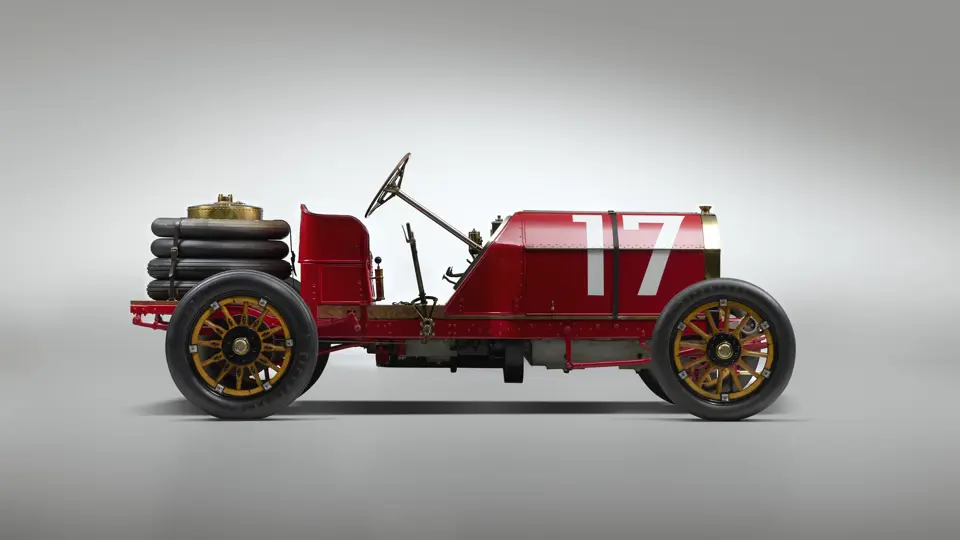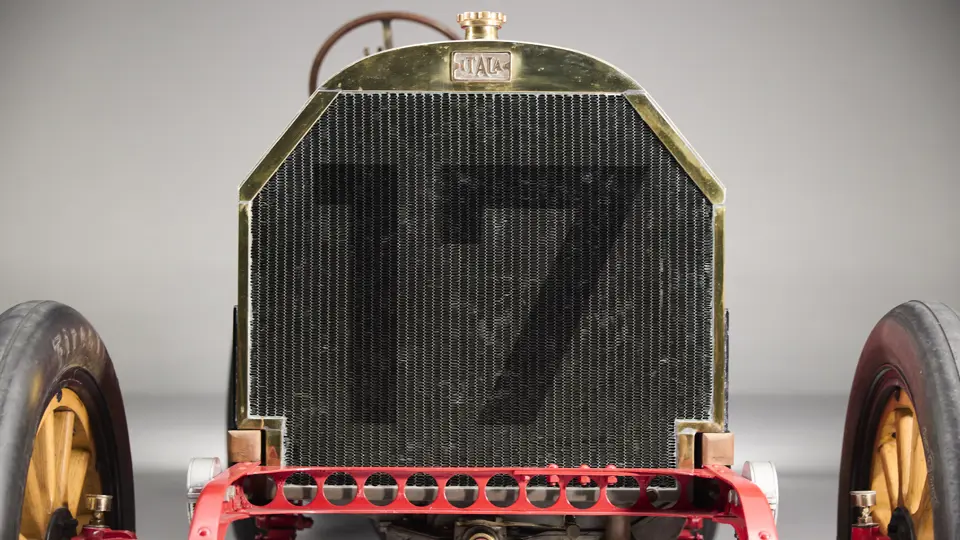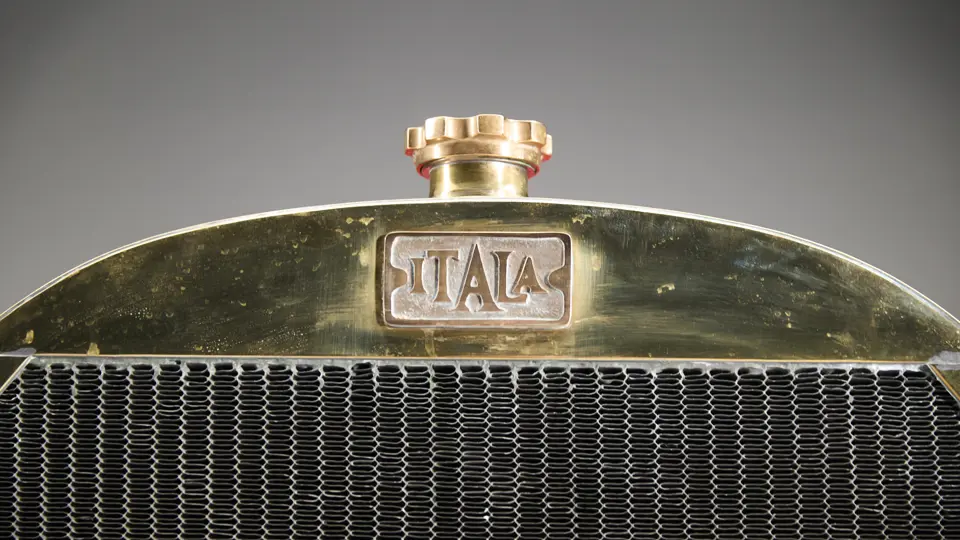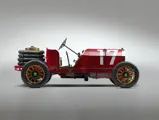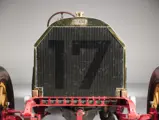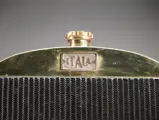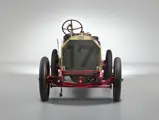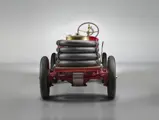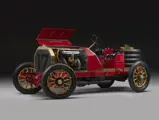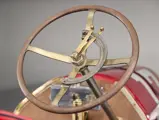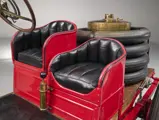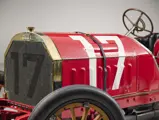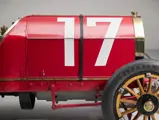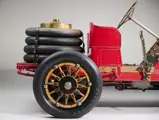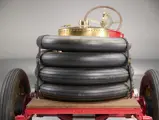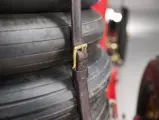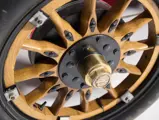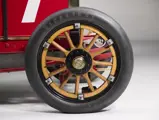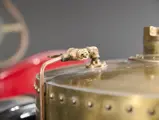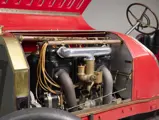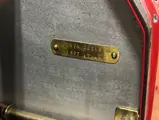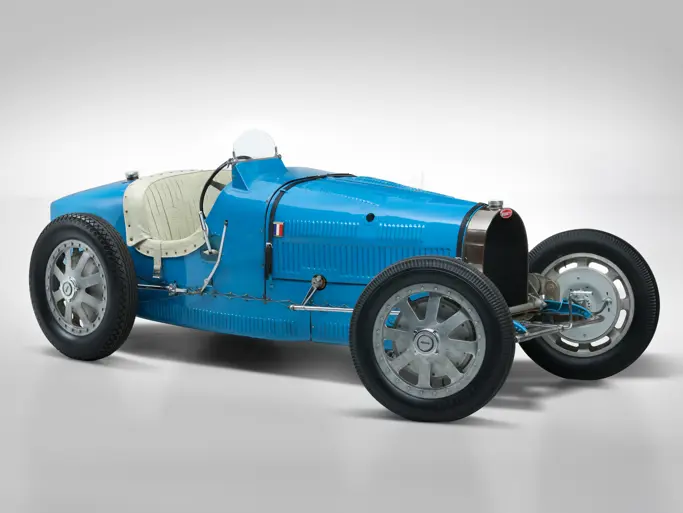
1907 Itala 120 HP Works Racing Car
{{lr.item.text}}
$1,325,000 USD | Sold
Offered from the Collection of the Indianapolis Motor Speedway Museum
{{bidding.lot.reserveStatusFormatted}}
- One of two 1907 120 HP Itala models remaining extant
- Formerly owned by legendary British speed record driver Henry Segrave
- Known ownership history back to 1916
- Acquired largely mechanically intact by the Museum in 1965 and restored under its auspices
- A titan of Vanderbilt-era racing; one of the most significant survivors available for private ownership
Beginning in 1906, Italian manufacturer Itala fielded a serious campaign to compete at the highest level of the burgeoning motorsport world. For this they purpose-designed a serious racing car, based heavily upon the design of the Mercedes, including mechanically operated overhead intake valves and side valves for exhaust, as well as make-and-break low-tension ignition and modern spray-jet carburetors, but with many of their own innovations. It was powered by an utterly massive engine of unusual over-square configuration, with 175-millimeter (nearly 7-inch) piston bore and 150-millimeter stroke, making for an engine that displaced over 15 liters and was responsive, free-revving, and, needless to say, had tremendous, locomotive-like grunt. It was mounted on a robust chassis frame with a mid-mounted four-speed transmission, with shaft drive to the rear axle—heavier and more complex than the Mercedes chain drivetrain, but also more dependable and quieter. That was the characteristic that most defined Itala’s competition machines over their competitors: each was a solidly engineered heavyweight, which often enabled them to outlast more “sophisticated” competitors through sheer brute force.
The new 120 HP racing models of 1907 proved an immediate success, with Italian driver Alessandro Cagno winning the Coppa Della Velocita at Brescia in an important victory on home soil. Success in the Coppa Florio and other races quickly put Itala on the map as something to be reckoned with. The 1908 models would have a reduced piston bore, making the 1907 Italas the last of the unconventional, full-force brutes upon which the company’s renown was based.
THE INDIANAPOLIS MOTOR SPEEDWAY MUSEUM’S ITALA
The Itala offered here is on technical observation an original 1907 120 HP competition model, one of perhaps three or four made, which retains all the features of those examples, including the distinctive radiator shape and engine displacement. According to correspondence in the file from John M. O’Reilly, whose family owned this Itala for over four decades, this was the car used in several European competitions by Henri Fournier. O’Reilly noted that the car was then brought by Fournier to the United States and, in November 1908, was driven in the Grand Prize of the Automobile Club of America at Savannah, Georgia. However, it is believed that, based upon the car’s mechanical configuration, this was inaccurate.
Following its competition use, the Itala returned to Europe and was rebodied with a more conventional roadgoing tourer body, for which the frame was lightly modified under the rear doors, without changing the wheelbase; however, the original racing cowl and exhaust were maintained. In this form the car was purchased in 1916 by Henry Segrave, the legendary racing driver best remembered for his record-setting exploits. Segrave held three world speed records on land and one on water and was the first to hold the titles for both simultaneously, as well as the first person to exceed 200 mph in a land vehicle, among numerous other accomplishments.
The biography of Segrave by Cyril Posthumus describes the 120 HP Itala as the famed driver’s second automobile—not a bad second car! His father, Charles, felt otherwise, with Posthumus noting that when Charles “beheld the great black and white car being swung off the cargo boat at North Wall, Dublin, [he] stared aghast. ‘Whatever made you buy a thing like that!’ he asked, and when [Henry] invited him to drive it, he declined with a shudder. In his diary that night, Charles Segrave recorded: ‘She’s a devil of a brute, a 120-h.p. Itala. The short drive through the streets of Dublin shook my nerve…’” Amusingly, the car was used during the latter months of his service in the Royal Flying Corps at the end of the Great War, including being borrowed by a family friend, Colonel Carr Ellison, for an inspection tour in the West of Ireland, with Segrave as “chauffeur”—an arrangement favored by the owner, as it entitled him to a much larger fuel ration, necessary to run an Itala then and now.
Posthumus notes that the Itala was put up for sale after an early 1917 accident at Hyde Park. Segrave in the Itala collided with a London taxi, pushing the taxi into the famed Marble Arch; the taxi was quite damaged, but the Arch and the Itala, built of equally strong stuff, survived largely unscathed.
The Itala was acquired in January 1917 from S.G. Cummings of London, believed to have been a broker on behalf of Segrave, by a Mr. O’Reilly of Australia, who in correspondence with the Indianapolis Motor Speedway Museum noted that the tourer “was the body on the car when my father bought it; story has it that it was used to sight zeplins [sic] in the first World War, but I don’t know how true this is.” A fascinating 1917 advertisement, from Mr. O’Reilly’s acquisition, attributes the car as the Circuit Brescia winner, and, most significantly, includes a photograph of it being driven by Segrave.
Mr. O’Reilly’s family retained the car from 1917 until 1960, then sold it to Gavin Sandford-Morgan, an early collector and proprietor of the Birdwood Mill Motor Museum in Adelaide. In correspondence with Indianapolis Motor Speedway owner Tony Hulman, included in the file, Mr. Sandford-Morgan noted the car had been “stored for about 35 years in Sydney, in a reasonably weather-proof shed…all mechanical parts have been kept adequately lubricated and protected and appear to be in excellent condition. There are quite a lot of small parts missing, but all the essential and irreplaceable components, such as the lubricator, ignition system, carburettor and induction system, are all present and in good condition although they were removed from the car many years ago and stored inside the owner’s house out of harm’s way. The steering wheel likewise has been stored inside, and really is a beautiful piece of work…” Mr. O’Reilly had begun to shorten the car’s wheelbase before it was put into storage, but this did not progress very far, beyond modifying the original suspension and other components. Photographs of the car as-sold show an essentially complete rolling chassis with engine and drivetrain, minus the tourer body, apparently, by this point, removed and discarded.
It was Mr. Sandford-Morgan’s intention to restore the Itala back to its original condition, but after other projects took his attention and finances in other directions, the car was sold to Tony Hulman for the Indianapolis Motor Speedway Museum in late December 1965. Restoration at the Museum appears to have begun upon delivery, and photographs of the sister Itala, once exhibited in the National Motor Museum at Beaulieu, are included in the file with hand-drawn measurements, showing that it was inspected and closely measured to aid in the recreation of original Grand Prix bodywork. As at the time the car was thought to have been among those that competed at Savannah in 1908, the body was constructed after that fashion. The other major missing component, the original radiator that had been sectioned, was replaced with a new cellular-core unit, built by the Young Radiator Company of Racine, Wisconsin, which was so thrilled by the opportunity to collaborate with the Museum that they completed the costly job gratis.
Following the completion of the restoration, the Itala was frequently on exhibit within the Museum, as well as occasionally used for publicity and other events, most prominently with Tony Hulman and Loren Hodge at the Indianapolis 500 festivities in May of 1968. It was also occasionally loaned to other institutions, appearing at one of the Henry Ford Museum’s popular Sports Cars in Review exhibitions in 1974.
Today this is one of only two 1907 Itala racing cars, and one of three surviving big-displacement competition Italas of all years of production. Appearing to have been little used since its 1960s restoration, it retains its correct engine, carburetor, gearbox, axles, chassis, and mechanical components, an amazing claim for such an early racing car. Having been recently recommissioned, including a rebuild of the original magneto, it runs, to say the least, strongly. In the words of RM Sotheby’s Specialist Evan Ide, “This is a beast on the road, with fabulous acceleration and hugely tall gearing. It is easy to drive, however, and actually quite nice on public roads.” The fascinating history file includes much correspondence, as well as such treasures as the actual Itala badge mounted on the radiator during Segrave’s ownership.
Truly one of the great performance machines of its era, this car offers something completely unique to the modern enthusiast: the experience of being at the controls of a massive-displacement, four-cylinder racing car, and undertaking a thrill that is beyond anything offered by today’s hypercars. It is extraordinary in the truest sense of the word.


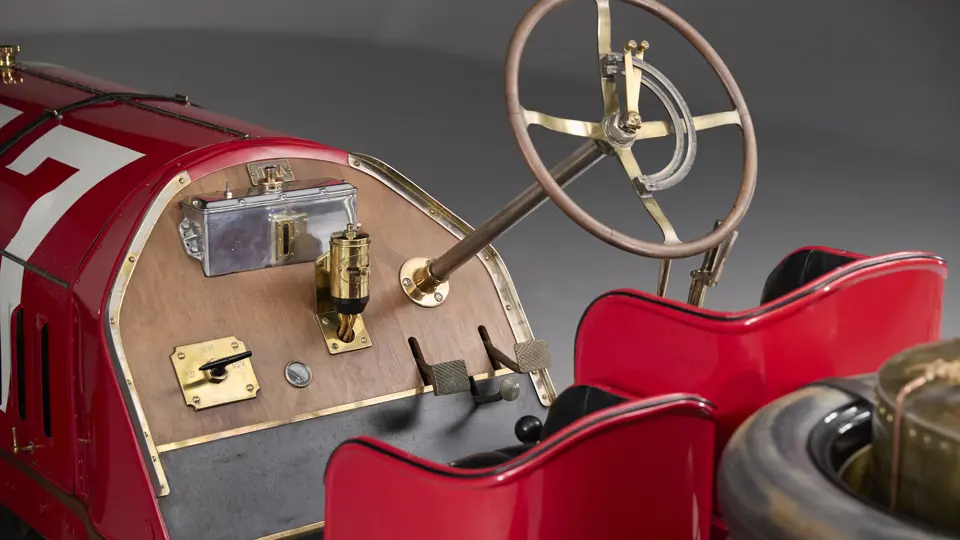

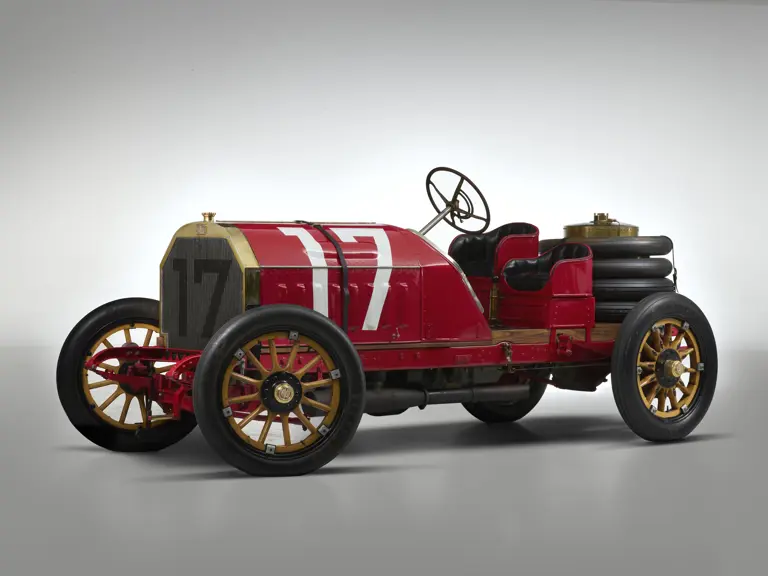
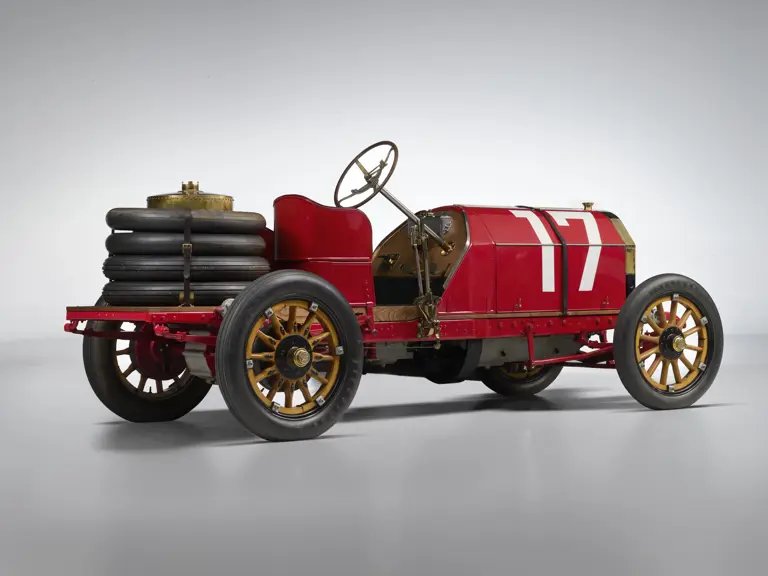
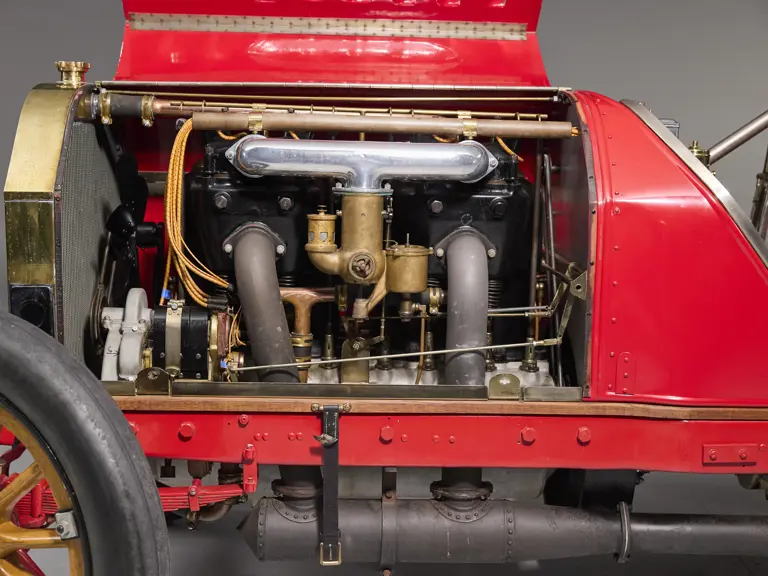
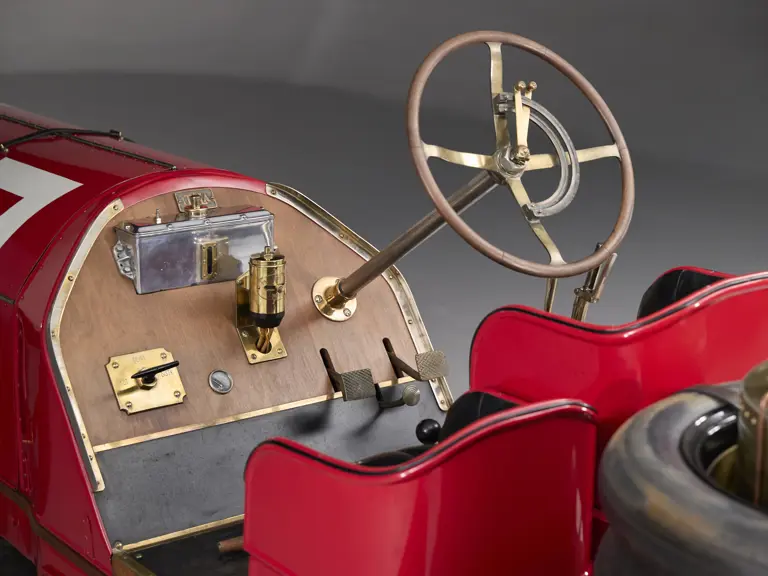
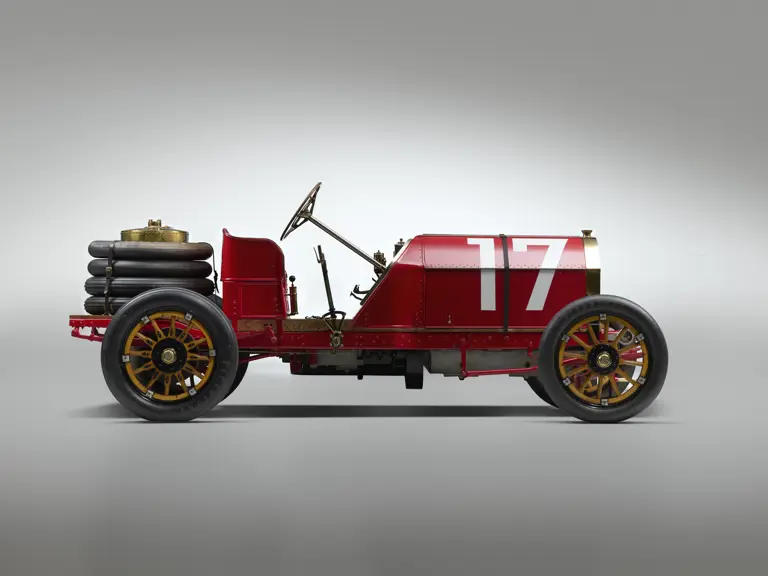
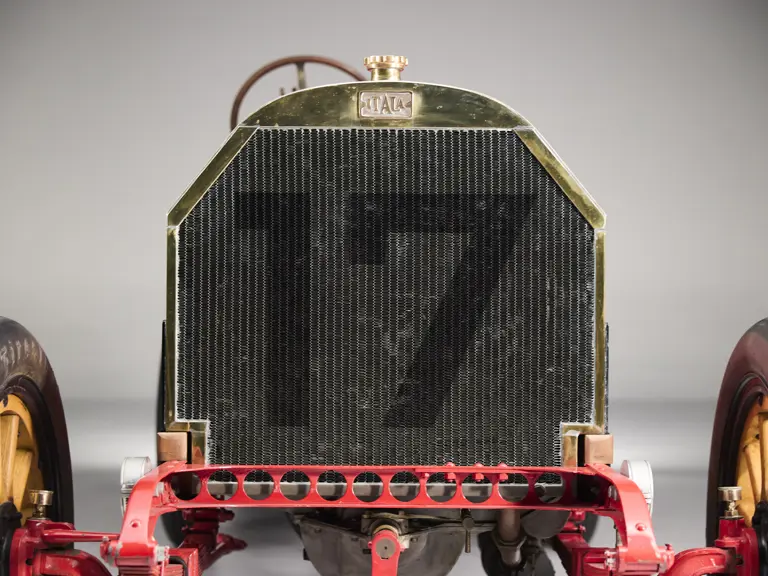
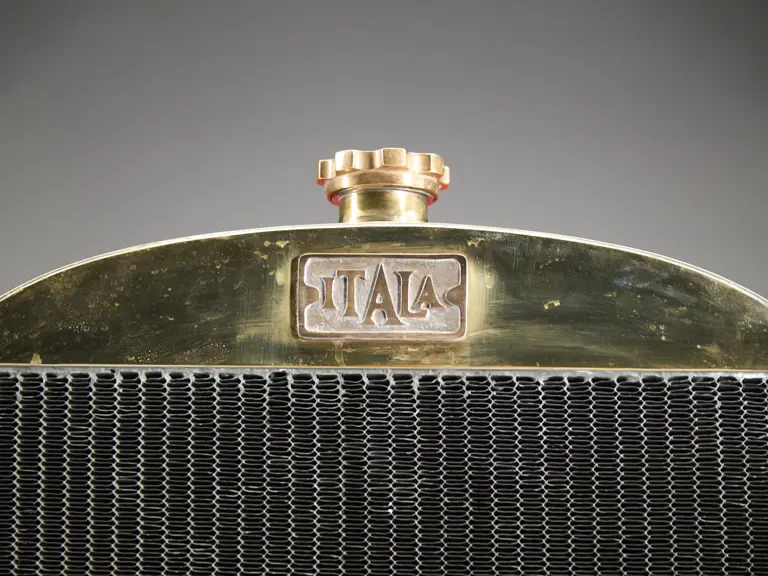
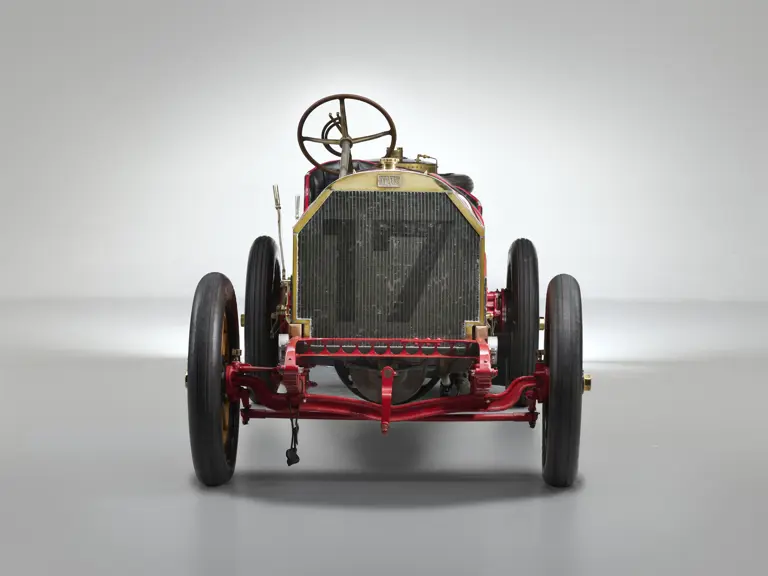
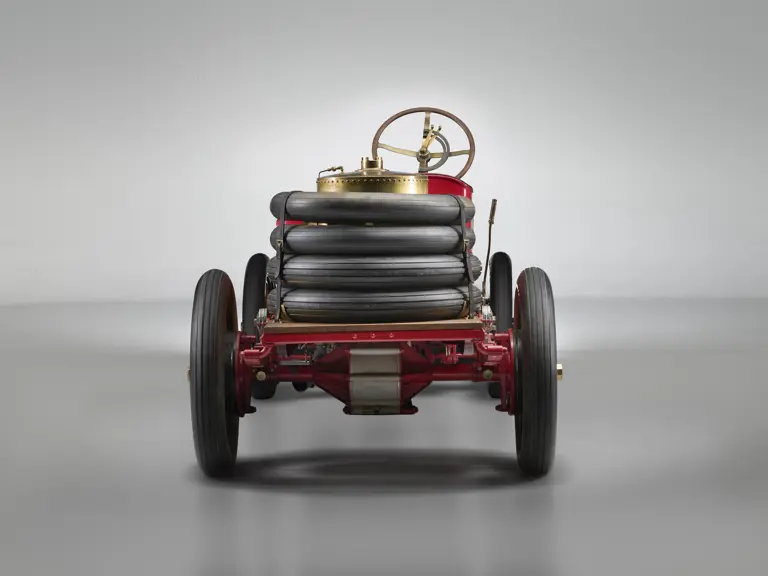

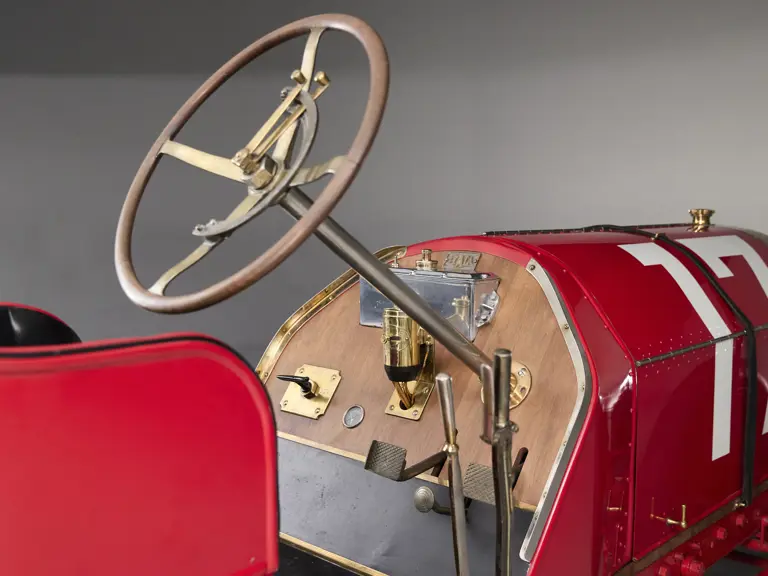

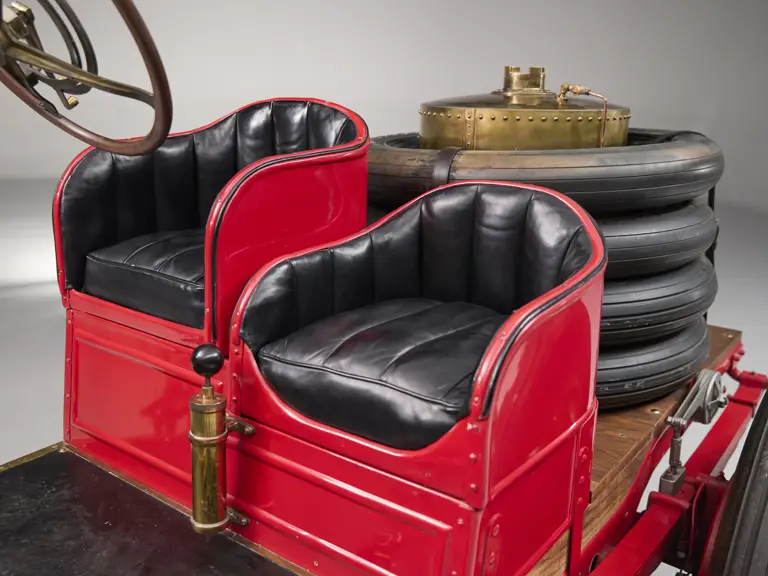

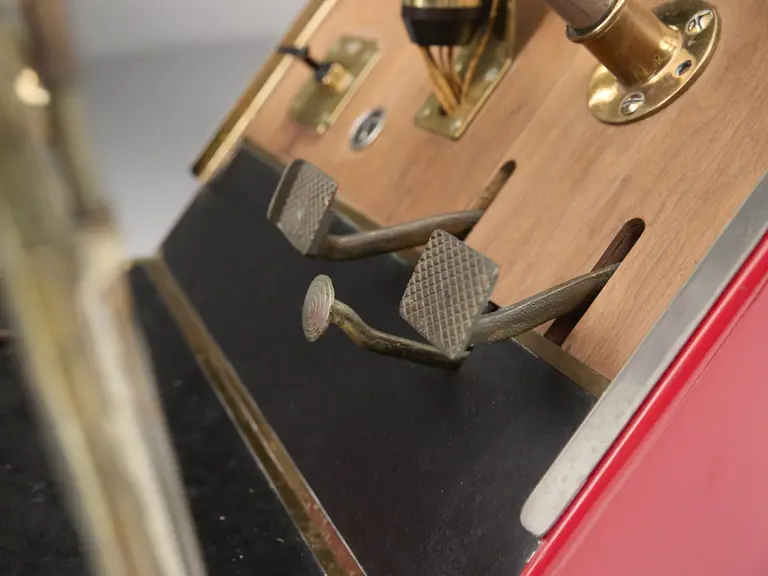
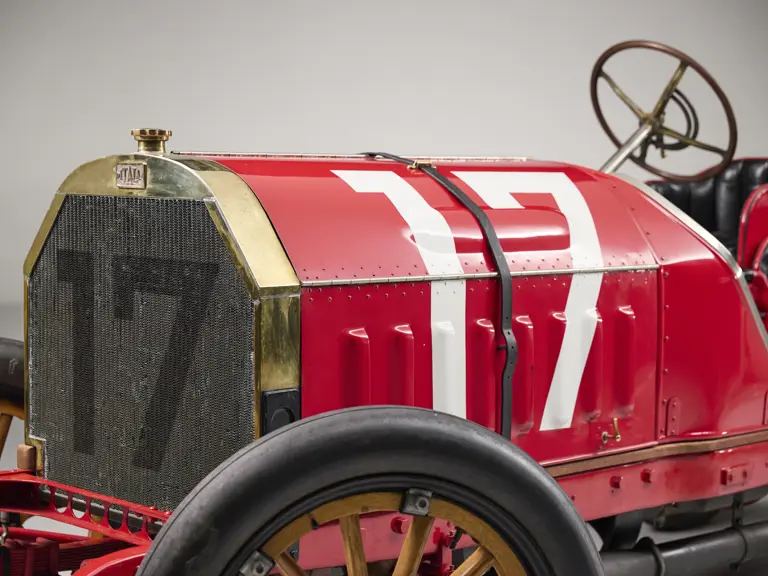
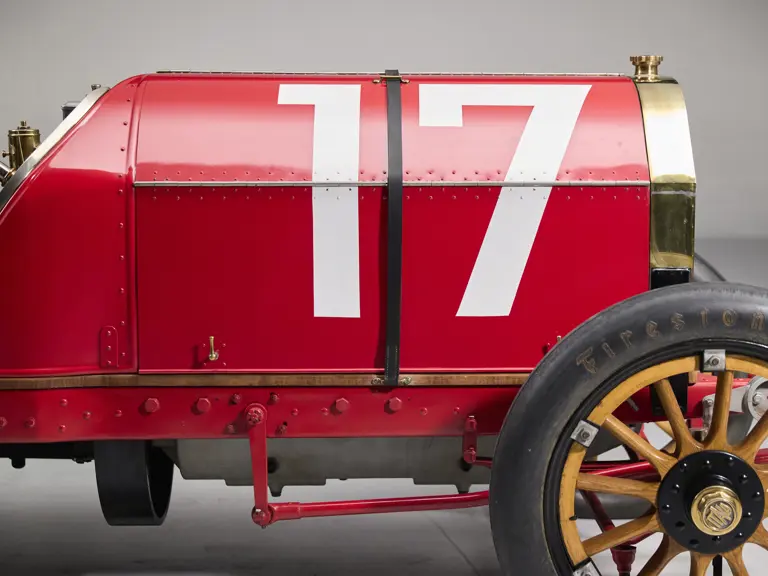
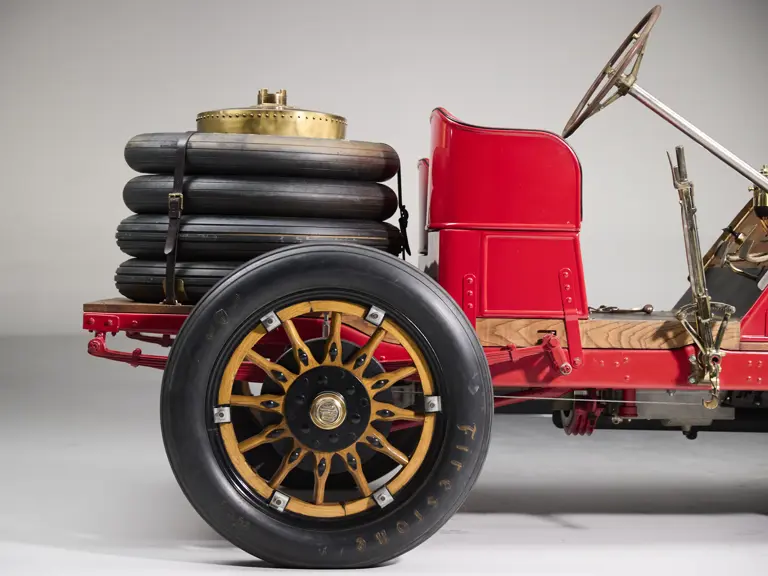
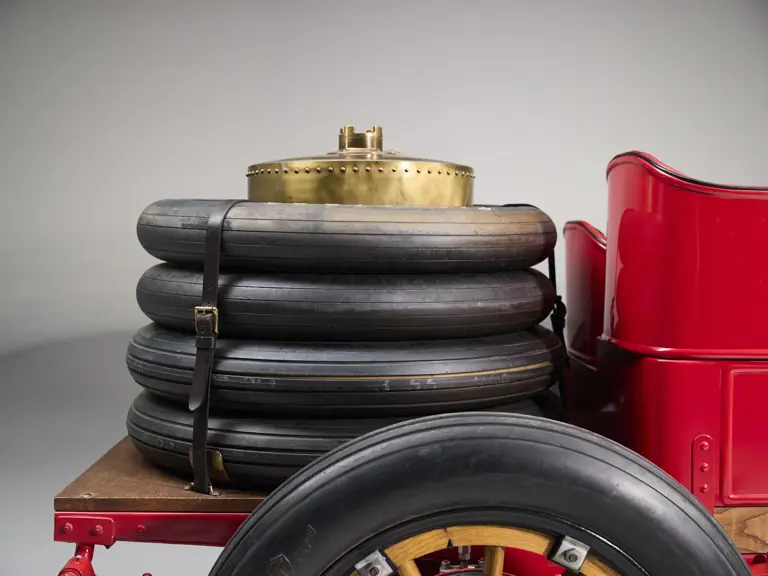
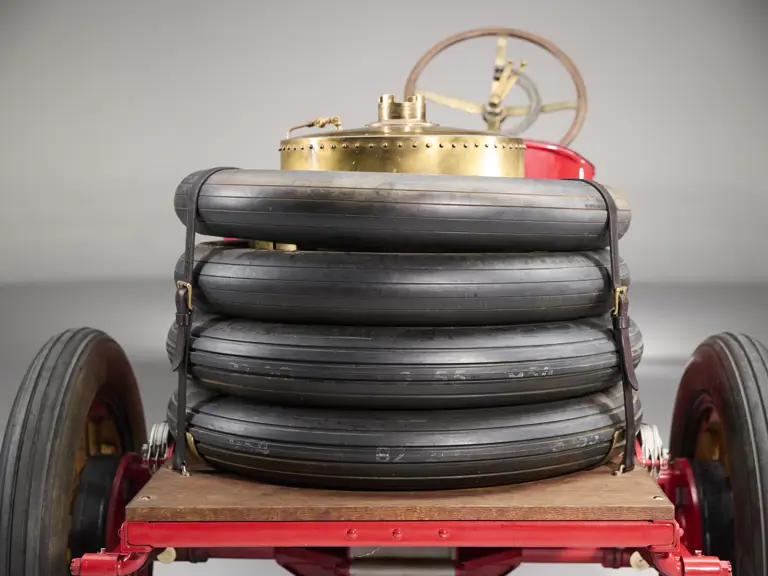
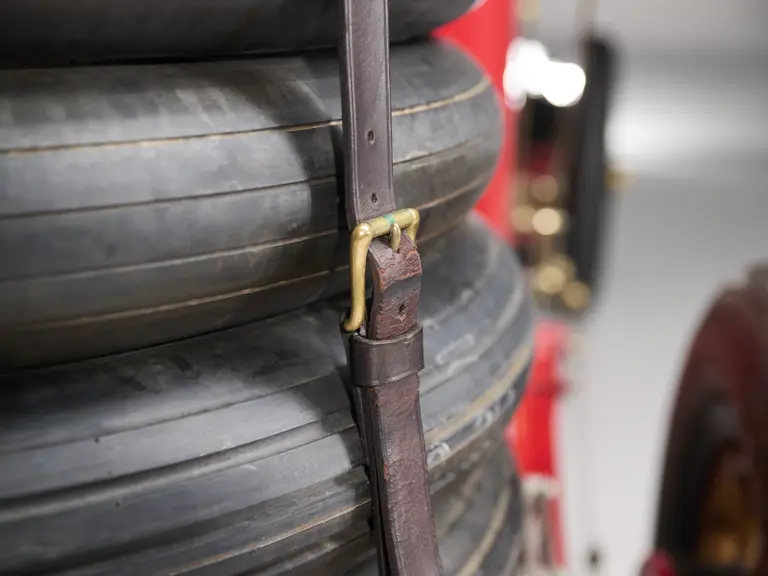
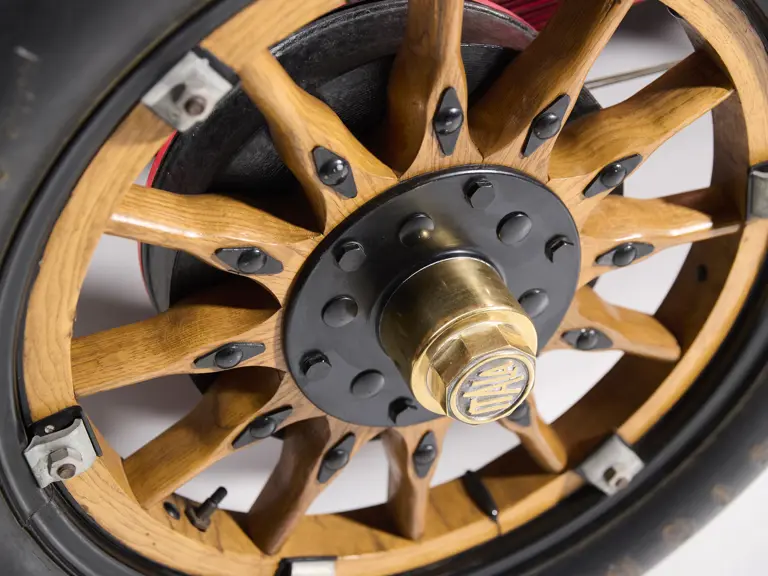
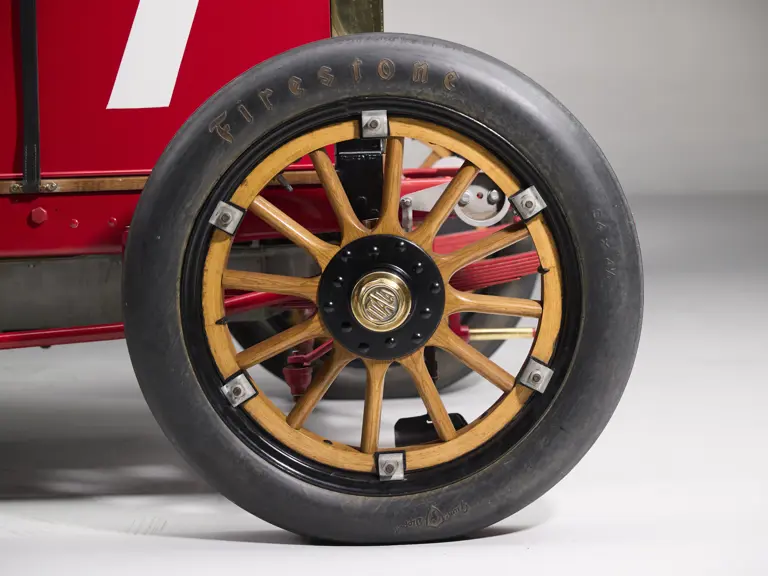

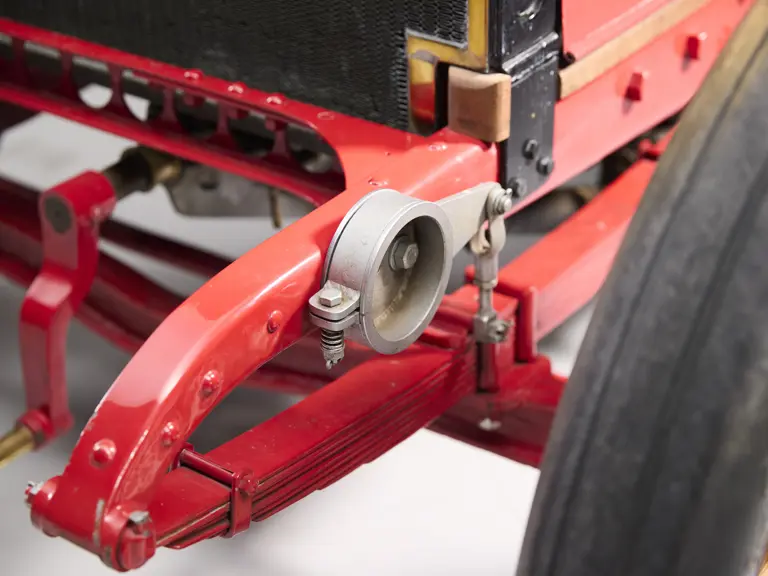
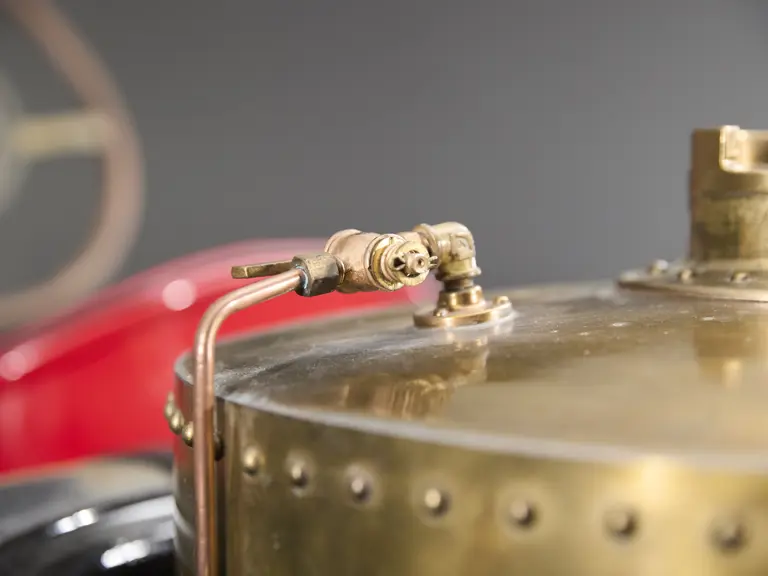
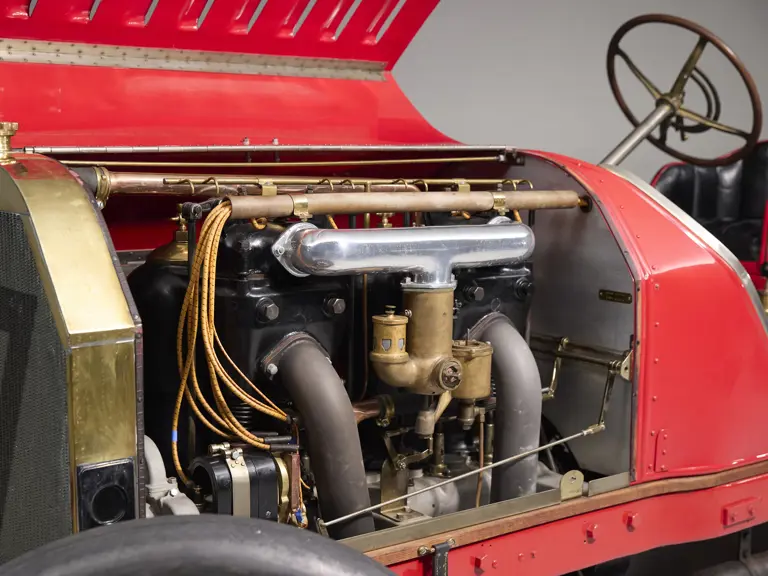

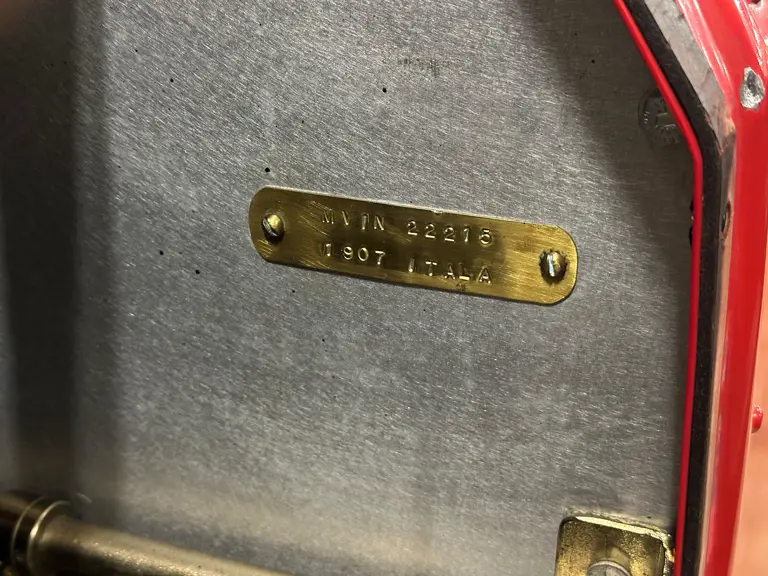
 | Coral Gables, Florida
| Coral Gables, Florida
